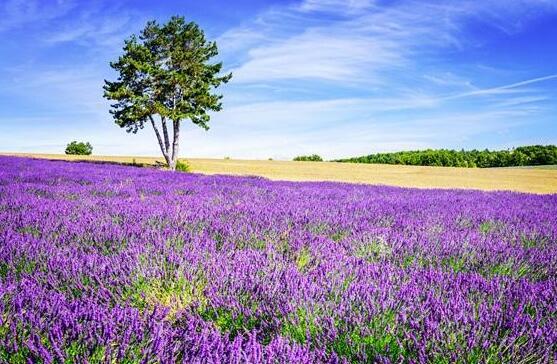URUMQI, July 1 (Xinhua) -- Lavender business has helped transform fortunes in a county in northwest China's Xinjiang Uygur Autonomous Region.
Swathes of beautiful lavender is luring a large number of tourists to Huocheng County, which is currently in the midst of an international lavender tourism festival, with lavender, local history, local cuisine and folk customs presented to visitors.
Huocheng is located on the same latitude as Provence in France, allowing them to share similar meteorological and soil conditions. It is the largest lavender production base in China and the third largest in the world. Its lavender planting area has reached 3,500 hectares, accounting for 97 percent of the country's lavender output.
The county introduced lavender from France in 1965.
In recent years, lavender has inspired a variety of spin-off products, including essential oil and dried lavender flowers.
Currently, the county churns out 40 tonnes of essential lavender oil and 800 tonnes of dried lavender flowers annually, with more than 360 types of products in the market.
Lavender also helped local villagers get rid of poverty. In Sigong Village, what was once a "land of rocks" has now become a beautiful field of flowers, with 800 hectares of lavender planted. Last year, the average annual disposable income per capita exceeded 25,000 yuan (3,653 U.S. dollars).
Lavender-related tourism also thrives in Huocheng. Lavender farms, museums and tourism festivals have drawn a large number of visitors. Each year, the county receives 600,000 tourists, generating a revenue of 200 million yuan.




 A single purchase
A single purchase









